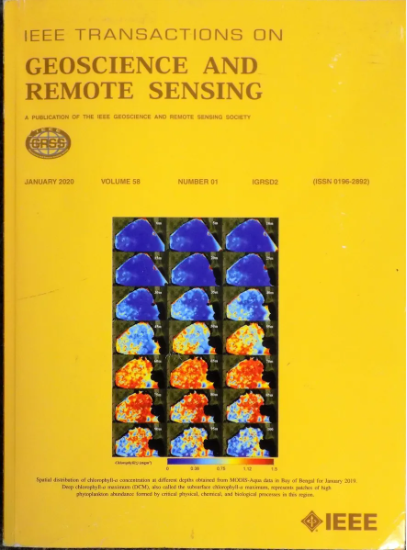类偏差校正很重要:遥感场景分类的类别增强学习框架
IF 7.5
1区 地球科学
Q1 ENGINEERING, ELECTRICAL & ELECTRONIC
IEEE Transactions on Geoscience and Remote Sensing
Pub Date : 2025-03-20
DOI:10.1109/TGRS.2025.3553141
引用次数: 0
摘要
本文章由计算机程序翻译,如有差异,请以英文原文为准。
Class Bias Correction Matters: A Class-Incremental Learning Framework for Remote Sensing Scene Classification
Most existing deep learning models for remote sensing scene classification (RSSC) adopt offline learning paradigm, which are trained on closed datasets and fail to dynamically update with new class data. Currently, class-incremental learning (CIL) allows models to learn new classes while retaining discrimination of old ones. However, most CIL approaches aim to overcome catastrophic forgetting by employing techniques such as exemplarmemory and knowledge distillation, while ignoring the prediction bias caused by imbalanced datasets, where old classes retain fewer samples than new ones. Moreover, they do not adequately account for the multilevel semantic structure and multiscale feature information inherent in remote sensing images (RSIs). To address these issues, we propose an effective CIL framework for RSSC, named class bias correction network (CBCNet). Specifically, a cross-dimensional and interaction-aware attention mechanism (CIAM) is designed to incorporate channel, position, and direction-aware information in feature maps, enabling the model to highlight informative regions within RSIs. Next, a contextual information fusion module (CIFM) is proposed to explore the correlations among multilevel features and enhance representation quality through their fusion. In addition, the designed taskwise classifier head decoupling mechanism (TCDM) imposes a constraint to mitigate the prediction bias toward new classes, and enhances model’s discrimination among all seen classes. Finally, a multilevel integrated knowledge distillation module (MKDM) is developed to ensure comprehensive knowledge transfer, empowering the model to maintain critical representations in feature space and make well-informed decisions in output probability space. Experiments on five open datasets demonstrate the outperformance and robustness of our method.
求助全文
通过发布文献求助,成功后即可免费获取论文全文。
去求助
来源期刊

IEEE Transactions on Geoscience and Remote Sensing
工程技术-地球化学与地球物理
CiteScore
11.50
自引率
28.00%
发文量
1912
审稿时长
4.0 months
期刊介绍:
IEEE Transactions on Geoscience and Remote Sensing (TGRS) is a monthly publication that focuses on the theory, concepts, and techniques of science and engineering as applied to sensing the land, oceans, atmosphere, and space; and the processing, interpretation, and dissemination of this information.
 求助内容:
求助内容: 应助结果提醒方式:
应助结果提醒方式:


